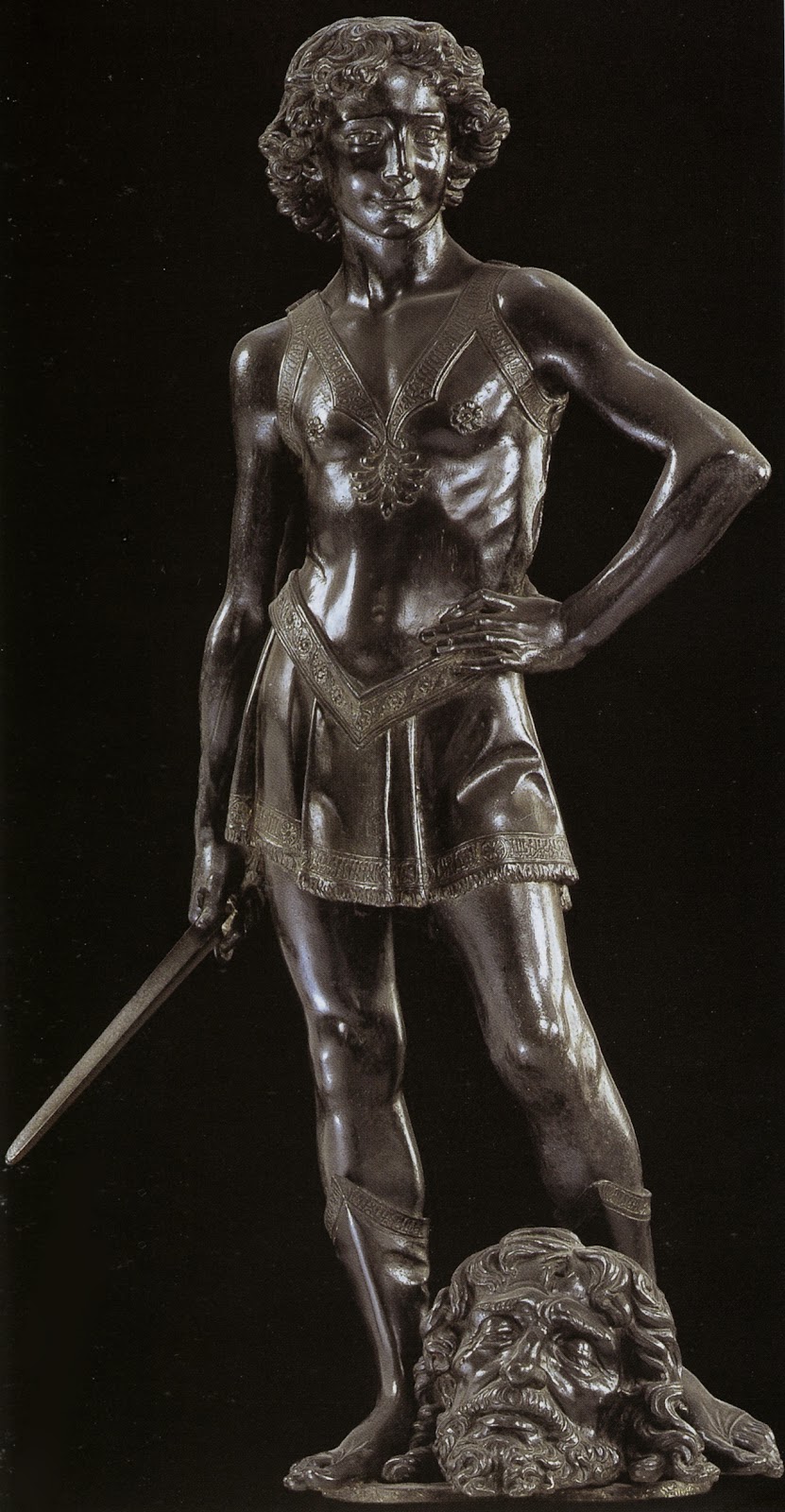Home » Tutti i post
.jpg)
Albena Vatcheva, 1967 | Fantasy painter
Albena Vatcheva is an French artist of Bulgarian origin who advances in a spectacular way.
Her painting has inherited various traditions, including that of masters of the icon.
Using different oriental sources, she has created a world of troubling fairy, which is a real fascination for the eye, as her glowing colors create magic.
Tender, loving, her characters live in a world of peace, harmony and mutual consolation.

Ryo Shiotani / 塩谷 亮, 1975 | Figurative painter
"I paint realist paintings because I can make new discoveries as I thoroughly look at my subject. That is enjoyable".
Award winning Japanese painter Ryo Shiotani 塩谷 亮 was born in Tokyo.
After graduating from Musashino Art University, Ryo Shiotani spent one year studying in Florence on an Agency for Cultural Affairs scholarship, where he had a chance to copy the works of Leonardo da Vinci.

Leonardo da Vinci | A treatise on painting

Science of painting
Leonardo’s advocacy of a science of painting is best displayed in his notebook writings under the general heading “On Painting”.
The notebooks provide evidence that, among many projects he planned, he intended to write a treatise discussing painting.
After inheriting Leonardo’s vast manuscript legacy in 1519, it is believed that, sometime before 1542, Melzi extracted passages from them and organized them into the Trattato della pittura [In italian] ➤ (“Treatise on Painting”) that is attributed to Leonardo.

Leonardo da Vinci | Dell'obbligo che ha la scultura col lume, e non la pittura
Trattato della Pittura
Parte prima | Capitolo 38
Se la scultura avrà il lume di sotto parrà cosa mostruosa e strana; questo non accade alla pittura, che tutte le parti porta con sé.

Iscriviti a:
Commenti (Atom)



.jpg)
